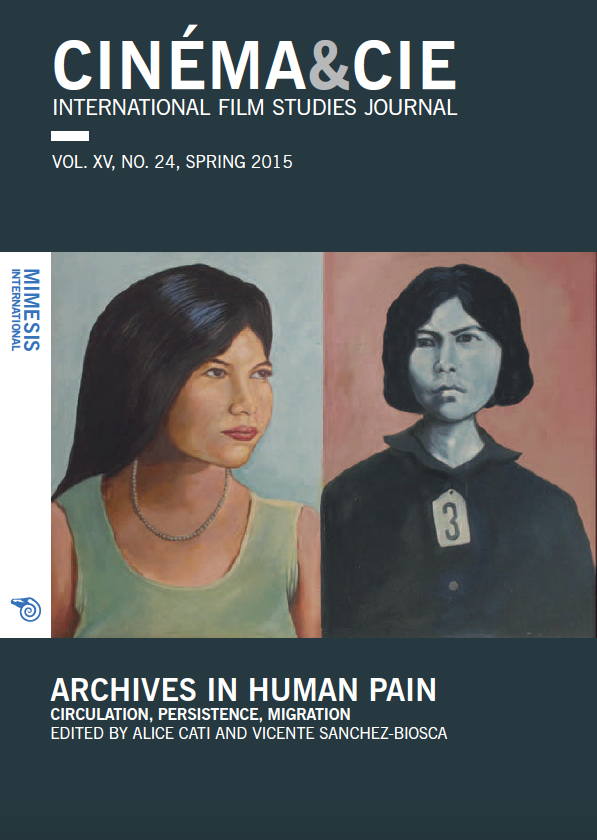Questioning the Images of Atrocity: An Introduction
Abstract
The images of atrocity, either analog or digital, are always the trace of an encounter between the gaze of a photographer or a cameraman and a human being suffering from the painful effects of man-made violence. The archive images resulting from such an encounter raise some inevitable questions: who took them and for what purpose? Is it possible to retrace the process that led to these shots? What do they hide behind what the eye can see? Owing to their defective nature and the changes they have endured throughout history, these images strongly contribute to shape collective memory by becoming real sites of memory for ethnic or national communities. Therefore, the archive of human pain, encompassing a wide range of public spaces – such as museums, monuments, artworks, memorials, human rights associations and so on – is a reservoir of images to stimulate grief or fuel action for social change. This introduction has two main aims: on the one hand, it investigates the circulation of such images within the visual sphere and their social or political uses; on the other hand, it provides the paths of research and the new findings extensively analysed in the contributions included in this volume.






